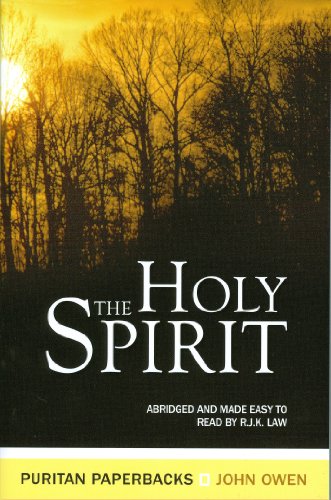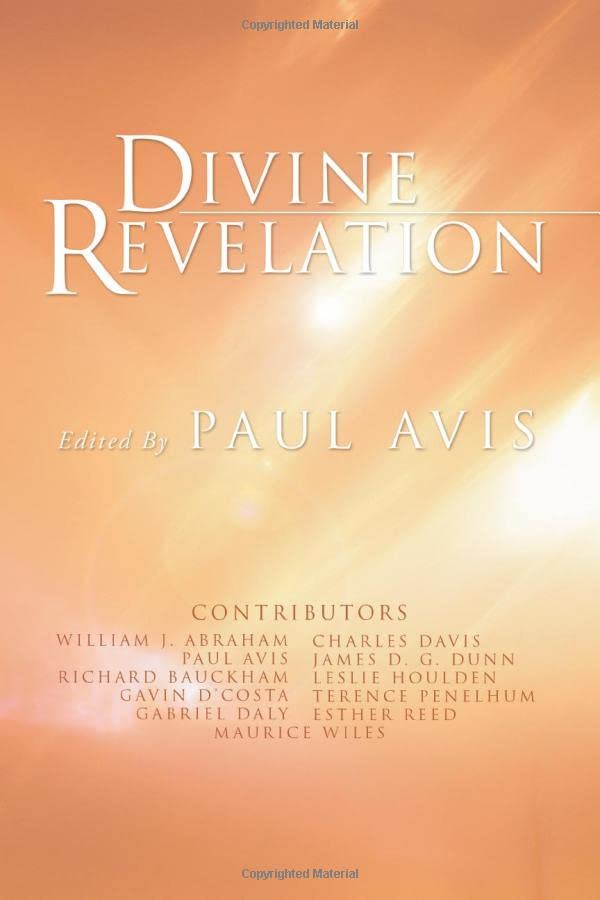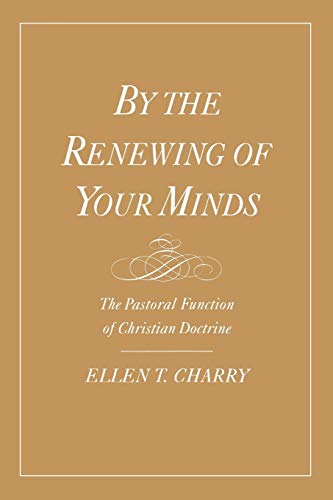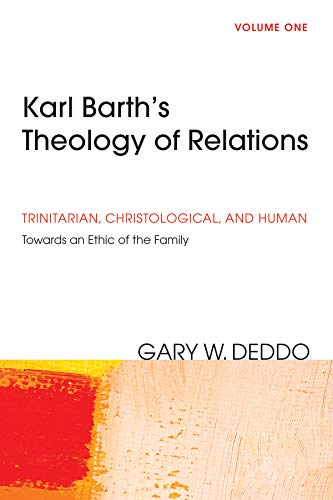The Epistle to the Romans (NICNT)
Written by Douglas J. Moo Reviewed By Stanley E. PorterThis is the completion in one volume of what Moo began in the Wycliffe Exegetical Commentary Series for Moody Press, with Romans 1–8, published in 1991. Moo has essentially retained what he did in that first volume, although in a very different format and with some updating, and has now provided commentary on the second half of the book. Moo’s pledge of a syntactical diagram of the Greek text in the second volume of the original commentary is not fulfilled. We must be content with his three page analysis, which combines epistolary form (letter opening and closing) and a theological outline (four majar theological points). In the new commentary, he adds an introductory section on text and translation.
There is much of merit in this commentary, especially for readers of Themelios. They will undoubtedly appreciate the close attention to the text, the interaction with a range of scholarly literature, the addressing of major issues in current Pauline and Romans scholarship, and, perhaps above all, the high regard for the text that the author clearly displays and the conservative (in fact, in many instances Reformed) conclusions that are often reached, though virtually always with reasons and argumentation. There are a number of points where I agree with Moo—in fact, the vast majority. These include, for example, his view of Paul’s situation at the time of writing, his belief in the integrity of the letter with all sixteen chapters being sent to Rome, an audience of mixed Jews and Gentiles, and a desire to appreciate the non-occasional nature of Romans. Regarding his exegesis, I agree that Romans 1:16–17 is the theme of the letter, that 1:18–3:20 describes the universal reign of sin, that the genitive in 3:22 is an objective genitive (not a subjective one), that 3:21–4:25 is concerned with justification by faith, and that Romans 7 is probably concerned with Paul, at least in part (although I would not use the same kind of logic and labelling that he does). Moo also includes three excurses. The first is on righteousness language in Paul, where he reinforces a traditional Reformed perspective on such language. I would wish to spend less time on arguing from an OT perspective on this, but would agree with much of what he says regarding the importance and conceptual framework of such language. The second is on Paul, ‘works of the law’, and first-century Judaism. Here Moo takes on a number of recent perspectives in Pauline studies, including both how to interpret Romans 2, and the idea that some might be justified by doing the law, and the so-called New Perspective on Paul represented by the work of Sanders, Dunn and others. While recognising that these scholars have forced the academic community to re-think a number of issues, Moo, rightly I think, calls into question their viewpoint. He suggests that early Judaism was more legalistic than recent scholarship has wanted to suggest, and that Sanders’ reconstruction of the Judaism of the time might not be entirely accurate. The third excursus is on Paul’s ‘with Christ’ language. Although there is some ambiguity whether this is a word study or a theological conceptual study, Moo is right to note the forensic dimension in Paul’s linkage between Adam and Christ.
There are also, however, a few things that I would disagree with Moo on, not because I think that Moo is necessarily wrong, but because I disagree with the perspective from which he interprets the particular verses and issues. One is in terms of his textual criticism. Moo seems to end up supporting the Nestle-Aland text in the vast majority of instances, although not always on clear lines of evidence, often going contrary to the weight of the witnesses. He often appeals to contextual reasons, but I do not find all of these grammatically convincing. This leads to my second criticism. Moo seems to lack any kind of a systematic understanding of Greek grammar. As a result, on numerous occasions he appears to be appealing to certain linguistic terminology simply because it supports the exegetical case that he is making, while on other occasions he dismisses such categories with words of caution. Thirdly, in a number of instances, I would have to disagree with Moo’s exegetical conclusions, simply because I read the evidence differently. On Romans 7:7–25, on the use of the ‘I’, I agree with Moo in large part, but his references to past and present tenses and his use of a temporal framework to establish his position, is to my mind not entirely convincing or consistent. In many instances it is Moo’s theological considerations that are decisive for his exegesis. For example, regarding the importance of reconciliation in Paul, after citing a limited range of evidence, Moo dismisses its centrality for Pauline theology. I would agree, but this does not mean -as he claims—that it should be dismissed as being peripheral in Romans.
In conclusion, there is much of use here to exegetes, especially those of a conservative theological perspective. The citation of secondary literature is very full and generally reliable. Of course, one will always wish to search further, since there are major sources that are not cited at all. But overall, this is a commentary that can be recommended, if for no other reason than it is unashamed of its position and represents it well.
Stanley E. Porter
Roehampton Institute, London







